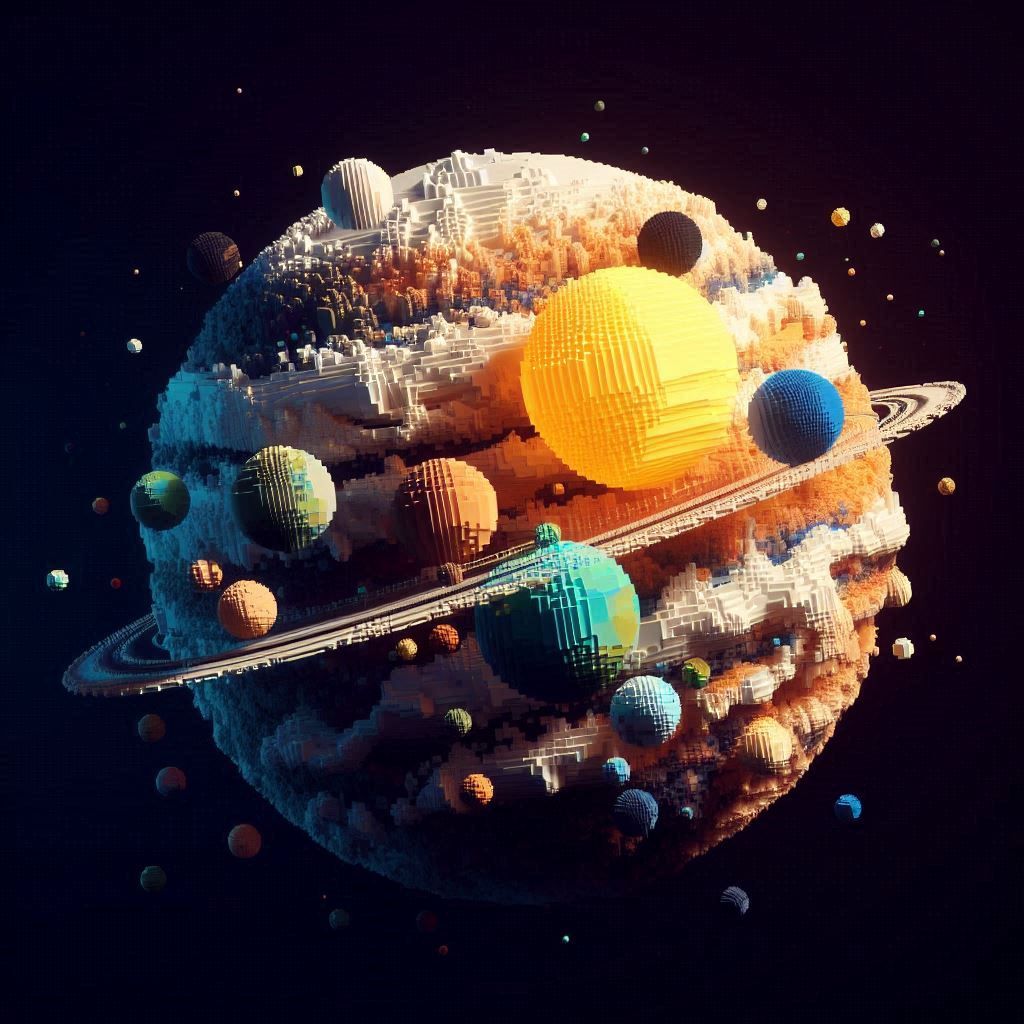Astronomical observation by ⏷
- Copy link to this page
- View on Zora
- View on Zora Block Explorer
- Refresh edition metadata

IMAGE
1024x1024 150KB
May 31
0xa021
Are you coming with me?
Read more
📶 0 comments
See all comments